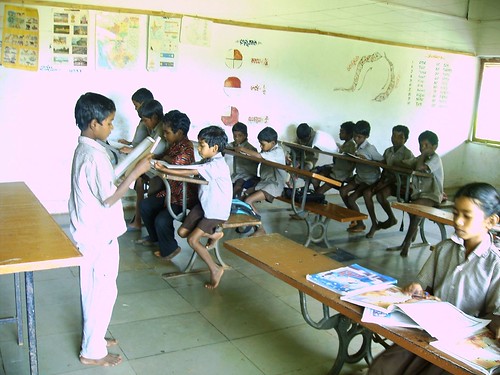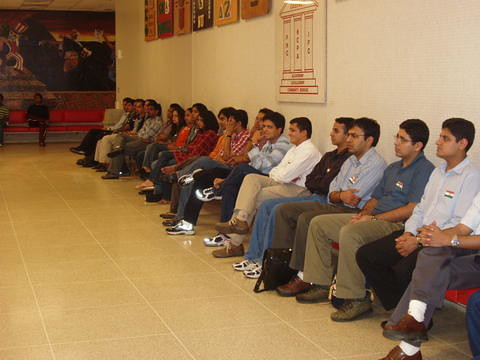
There was a time when Indian Students routinely went abroad to study if they could afford it because the country did not have the facilities for higher education beyond a point. This was practically de rigeour in the pre independence and practically every one who provided the top level leadership to the Freedom Struggle had studied abroad. The favored country of choice then was the UK. After independence, many institutions of higher learning began to be set up, notably the IITs and the IIMs and higher education began to be accessible and affordable to many. In fact, one of the achievements of the quasi socialist economy was the relatively easy affordability of good quality higher education for many- sadly though; quality primary education was never much of a priority. With good quality of higher education available in the country, the necessity of going abroad to study began to slowly decline -unless one was doing very specialized courses.
Today, the waters have got muddy again. As India moves to an increasingly free market economy, the institutes of higher education are no longer as cheap as they once used to be. Although as government run institutions, they have limitations on the extent of their autonomy, even so, they are using the limited freedom they do have to increase their fees in order to remain viable. As grants to the extent necessary are not forthcoming from the government and they have to retain their faculty as well as their competitive edge, perhaps no one can blame them.
With costs rising and the seats available in Indian institutions constantly on the decline, it is once again time to look abroad for a large section of the middle class. To cite an example, the total strength for IIMs for 06 was 1300 approx. The seats for general category was 800 seats [without obc reservation]. The total calls for Group Discussions and interviews for the 1300 seats were 6000 approx, thus in the putting candidate per seat in the second stage of the selection at a ratio of 1:4.The applicants for 06 for the 2006 CAT were172000. Hence the overall competition was 1:133 and for a general candidate 1:213. And here we are not even talking about several aspirants who did not even get to the stage of applying for CAT, simply because the pressure was just too great to put up with. Competition to get into higher education in the country of more than 1.1 billion people is fierce with stratospheric averages needed to obtain the few places available in India’s “Ivy League” colleges. For instance, the cut-off average mark to pursue an undergraduate economics degree at Delhi University’s top commerce college last year was 97.8 percent.

Many foreign universities are aware of the business opportunities available are queuing up to woo Indian students. After all if the elite institutions are increasingly inaccessible- partly because of costs and partly because of the quotas, the choice becomes restricted for most to private Indian Universities; many of dubious merit or accessible foreign universities. Singapore is a good example. The syllabus structure and academic systems in Singapore are almost similar to the ones followed by Central Board for Secondary Education (CBSE) in India. Hence, Indian students easily adjust to studies in Singapore.
While the idea of students going overseas to study in an increasingly borderless world is nothing special, the fact that students should have to go not because of lack of facilities but due to lack of seats is ironic. After all, a large number of these are not scholarship awardees but those who are paying fees – perhaps with a student loan that is increasingly becoming available. Each migrating student is not only not contributing revenues to a foreign university – revenues which could have stayed in India, but also considering that most such students are leaving the country with a sense of disenchantment; the chances of their returning to the country to contribute to their own country’s economic growth are minimal. The thought of Indian students studying undergraduate medicine in far away institutions in the former Soviet Union or China is a case in point. Without going into the merits of the quota system and the percentage of quotas, there is a case definitely for increasing the number of seats available in India for higher education without compromising quality, so that students do not have to go abroad for courses for which the seats are so few that the break neck competition breaks and shatters students irrevocably.


No comments:
Post a Comment